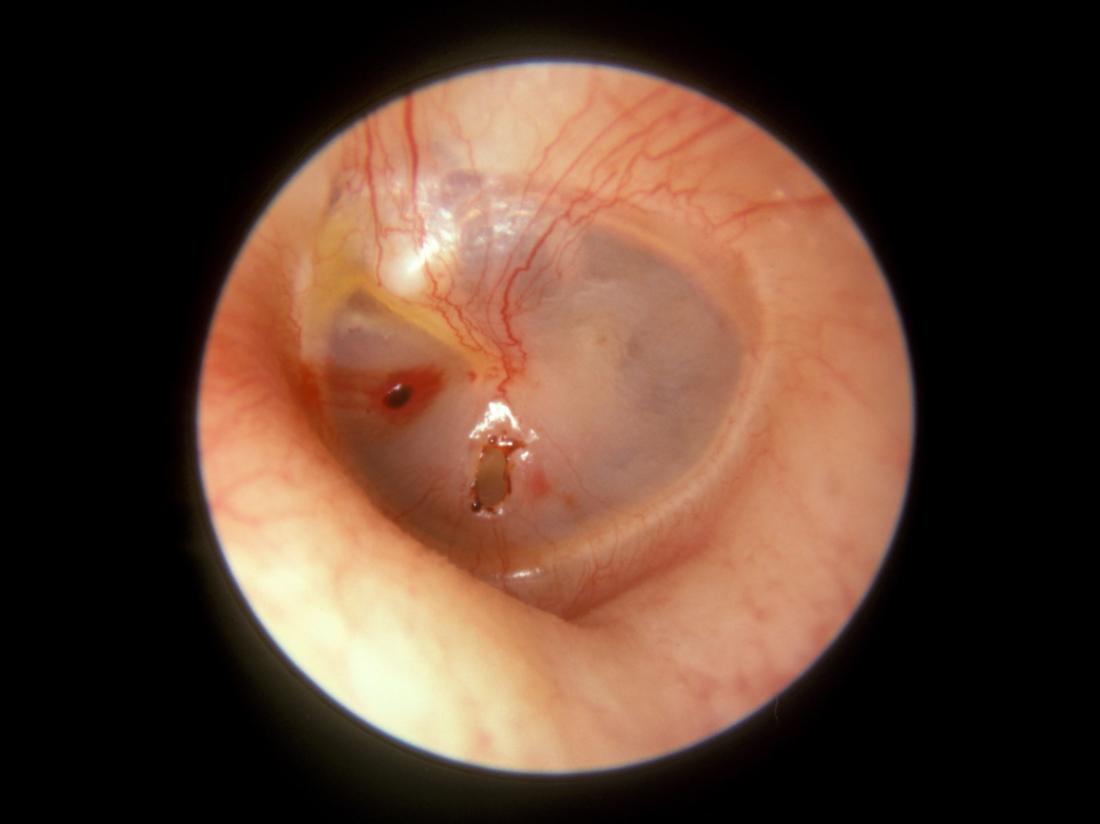What are the symptoms of a ruptured eardrum?
A ruptured eardrum, also known as a perforated eardrum, can present with a range of symptoms, including:
- Ear Pain: Sudden sharp or severe pain in the ear, which may decrease after the rupture occurs.
- Hearing Loss: Reduced hearing ability in the affected ear, which can vary in severity.
- Discharge: Fluid or pus coming from the ear, which may be clear, yellow, or bloody.
- Tinnitus: Ringing or buzzing sounds in the affected ear.
- Vertigo: A sensation of dizziness or spinning, which can be accompanied by a loss of balance.
- Itching: Itching or discomfort in the ear canal.
- Nausea or Vomiting: These can occur if vertigo is severe or if there is an associated infection.
If you suspect a ruptured eardrum, it’s important to seek medical attention. A healthcare provider can diagnose the condition, assess its severity, and recommend appropriate treatment.
What are the causes of a ruptured eardrum?
A ruptured eardrum, or perforated eardrum, can be caused by various factors, including:
- Infections: Middle ear infections (otitis media) can lead to increased pressure and fluid buildup, causing the eardrum to rupture.
- Trauma: Direct injury to the ear, such as from a blow to the head, insertion of objects into the ear canal, or sudden pressure changes, can cause the eardrum to tear.
- Barotrauma: Rapid changes in air pressure, such as during air travel, scuba diving, or a blast, can create enough pressure to rupture the eardrum.
- Loud Noises: Exposure to extremely loud noises or explosions can cause sudden damage to the eardrum.
- Foreign Objects: Inserting objects like cotton swabs or small toys into the ear canal can puncture or tear the eardrum.
- Chemical Exposure: Contact with harsh chemicals or substances in the ear canal can irritate and damage the eardrum.
- Ear Surgery: In some cases, surgical procedures on the ear or surrounding areas can result in a ruptured eardrum.
- Fluid or Pressure Build-up: Conditions that lead to excessive fluid or pressure in the middle ear, such as chronic sinus infections or allergies, can contribute to eardrum rupture.
If you suspect a ruptured eardrum or are experiencing symptoms, it’s important to seek medical attention to prevent complications and receive appropriate treatment.
What is the treatment for a ruptured eardrum?
The treatment for a ruptured eardrum typically involves supportive care and monitoring, as many cases heal on their own. Specific approaches may include:
- Rest and Avoidance of Water: Keeping the ear dry and avoiding water exposure, including swimming and bathing, is crucial to prevent infection and aid in healing.
- Pain Management: Over-the-counter pain relievers like acetaminophen or ibuprofen can help manage pain. Consult a healthcare provider before giving medication, especially to children.
- Antibiotics: If an infection is present or there is a risk of infection, a healthcare provider may prescribe oral or topical antibiotics.
- Ear Protection: Using earplugs or a waterproof covering while bathing or swimming can help keep the ear dry and protected.
- Avoiding Insertion of Objects: Refrain from inserting objects into the ear canal, which can further damage the eardrum or introduce infections.
- Follow-Up Care: Regular follow-up visits to a healthcare provider are important to monitor healing and assess any potential complications.
- Surgical Repair: In cases where the eardrum does not heal on its own or if there is significant damage, a surgical procedure called tympanoplasty may be necessary to repair the perforation.
- Addressing Underlying Causes: Treating any underlying conditions, such as infections or allergies, can help prevent further complications and support healing.
If symptoms persist or worsen, it’s important to consult a healthcare provider for further evaluation and management.

Leave a Reply
You must be logged in to post a comment.